Microbial Ecology and Biogeochemistry
Group PI: Ben Van Mooy
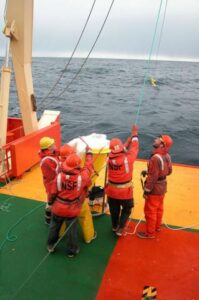
Microorganisms < 1 µm long form an important ecosystem component at the base of ocean foodwebs and catalyze critical biogeochemical transformations in the carbon, nitrogen and other elemental cycles. The goal of the PAL microbial component is to document the long term trends and variability of bulk bacterial and Archaeal biomass and production rates in space and time. Microbial observations have been made on the LTER sampling grid encompassing the offshore domain and in the inshore regime near Palmer Station since 2002. The goal of the biogeochemistry component is to understand how climate change and ecosystem responses impact key biogeochemical properties and processes: dissolved inorganic carbon and nutrients, net community production and particle export. The Southern Ocean is an important sink for atmospheric CO2; our studies of the metabolically active gases are aimed at clarifying the linkages among biological and physical processes affecting CO2 storage.
Team Members
Recent Articles
- Dutta, A., Connors, E., Trinh, R., Erazo, N., Dasarathy, S., Ducklow, H. W., et al. (2023). Depth drives the distribution of microbial ecological functions in the coastal western Antarctic Peninsula. Frontiers in Microbiology, 14, 1168507. https://doi.org/10.3389/fmicb.2023.1168507
- Holm, H. C., Fredricks, H. F., Bent, S. M., Lowenstein, D. P., Ossolinski, J. E., Becker, K. W., et al. (2022). Global ocean lipidomes show a universal relationship between temperature and lipid unsaturation. Science, 376(6600), 1487–1491. https://doi.org/10.1126/science.abn7455
- Kim, H. H., Bowman, J. S., Luo, Y.-W., Ducklow, H. W., Schofield, O. M., Steinberg, D. K., & Doney, S. C. (2022). Modeling polar marine ecosystem functions guided by bacterial physiological and taxonomic traits. Biogeosciences, 19(1), 117–136. https://doi.org/10.5194/bg-19-117-2022
- Bowman, J. S., Van Mooy, B. A. S., Lowenstein, D. P., Fredricks, H. F., Hansel, C. M., Gast, R., et al. (2021). Whole Community Metatranscriptomes and Lipidomes Reveal Diverse Responses Among Antarctic Phytoplankton to Changing Ice Conditions. Frontiers in Marine Science, 8, 593566. https://doi.org/10.3389/fmars.2021.593566
- Brown, M. S., Bowman, J. S., Lin, Y., Feehan, C. J., Moreno, C. M., Cassar, N., et al. (2021). Low diversity of a key phytoplankton group along the West Antarctic Peninsula. Limnology and Oceanography, 66(6), 2470–2480. https://doi.org/10.1002/lno.11765
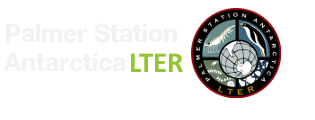
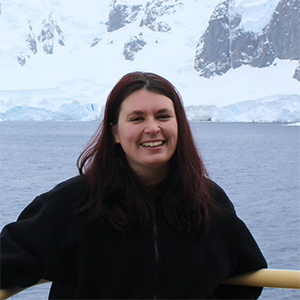
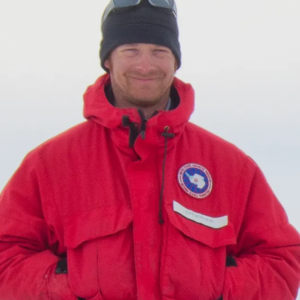
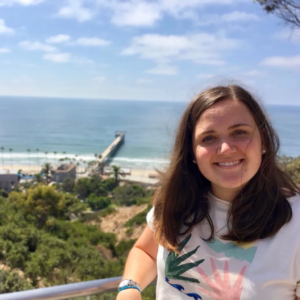

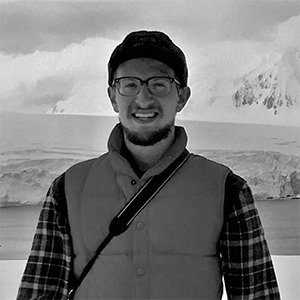
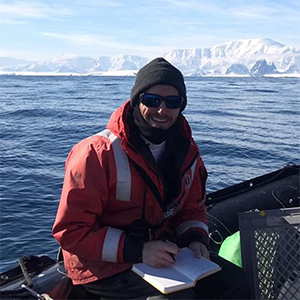
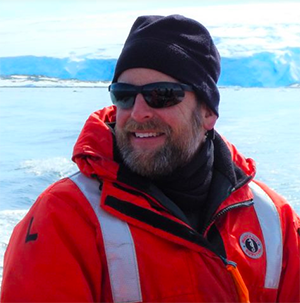
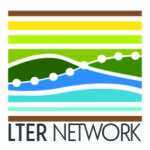
 This site was developed with the support of the National Science Foundation under Grant No. OPP-2224611 and OPP-2026045. Any opinions, findings, and conclusions or recommendations expressed in this material are those of the authors and do not necessarily reflect the views of the National Science Foundation.
This site was developed with the support of the National Science Foundation under Grant No. OPP-2224611 and OPP-2026045. Any opinions, findings, and conclusions or recommendations expressed in this material are those of the authors and do not necessarily reflect the views of the National Science Foundation.